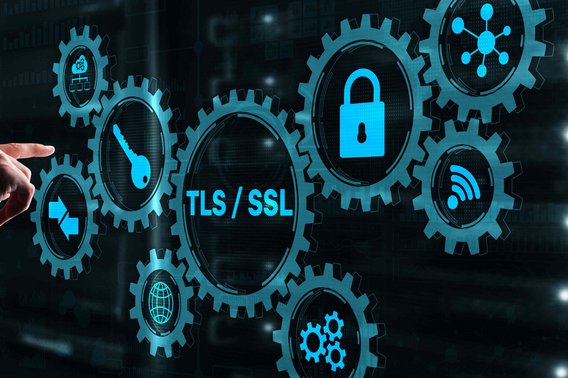
Rely on us for the security of your eID service
If you, as an identity provider, would like to offer an electronic identification solution that is also recognised at European level, you must meet the necessary legal requirements of the eIDAS Regulation and have your identification system notified accordingly. The three security levels - low, substantial and high - are of crucial importance here. They express the degree of trust in the identity of the persons behind them and go hand in hand with increasing security requirements that you must fulfil when identifying, authenticating and managing identities.
We can support you in the eID area as follows: In a workshop format, we go through the relevant verification requirements with you, answer your individual questions and optimally prepare you for an upcoming verification and notification. As part of a GAP analysis, we assess the current level of security and identify weaknesses. Following a document review and an on-site audit, we certify the level of security you have achieved. In addition, our training courses provide you with initial insights into the world of eIDAS & ETSI.










